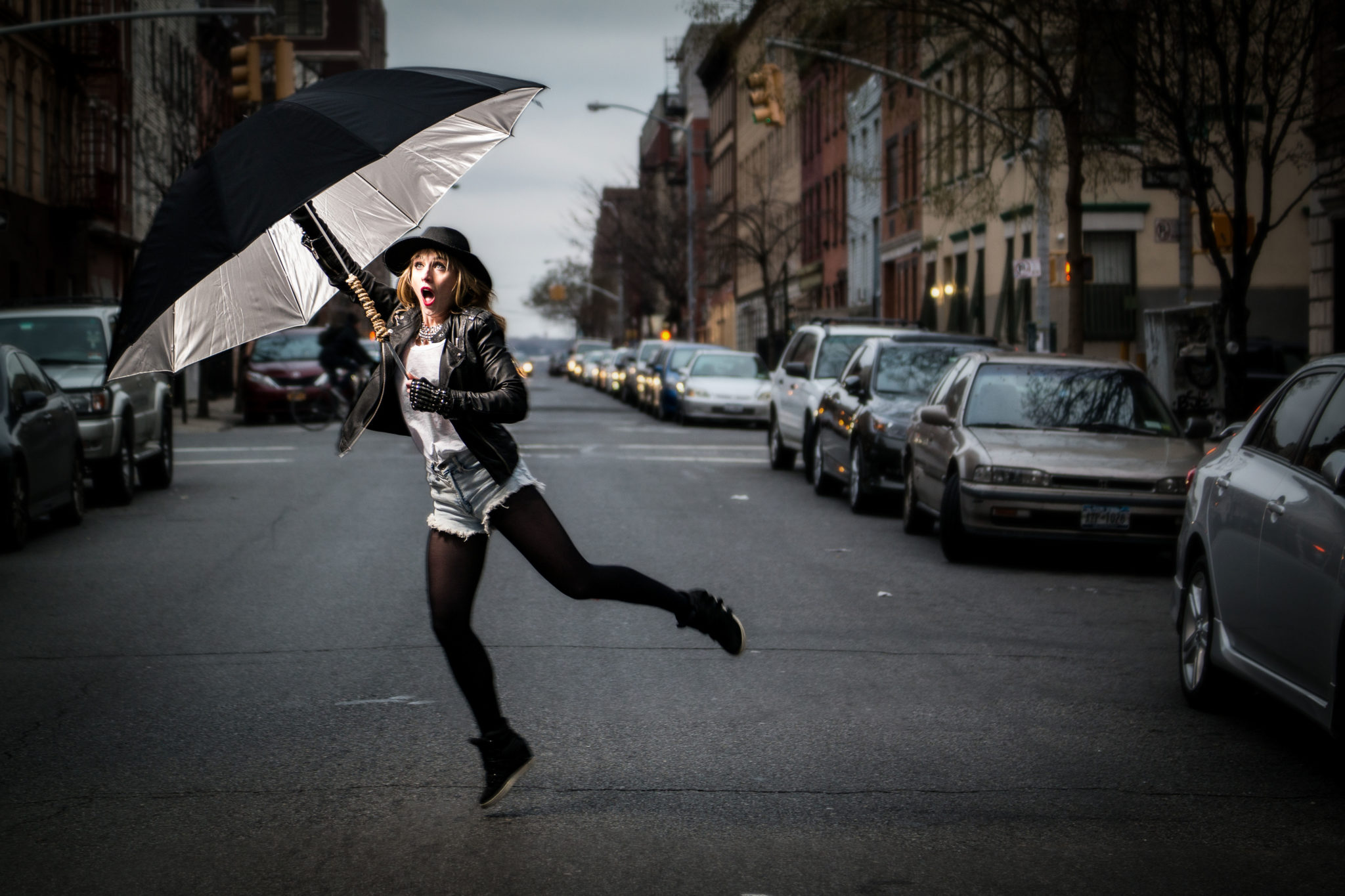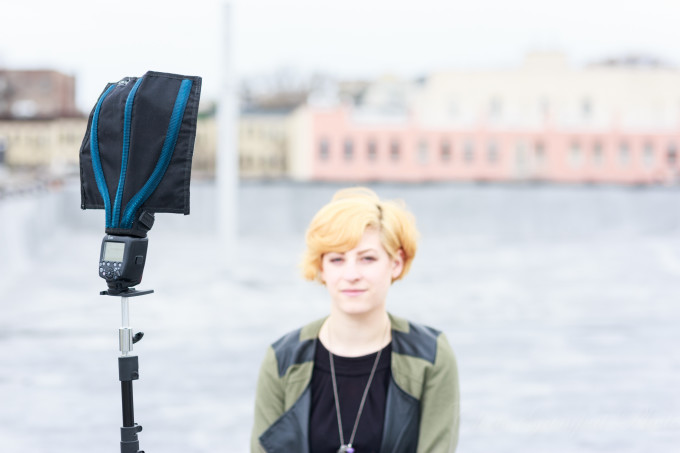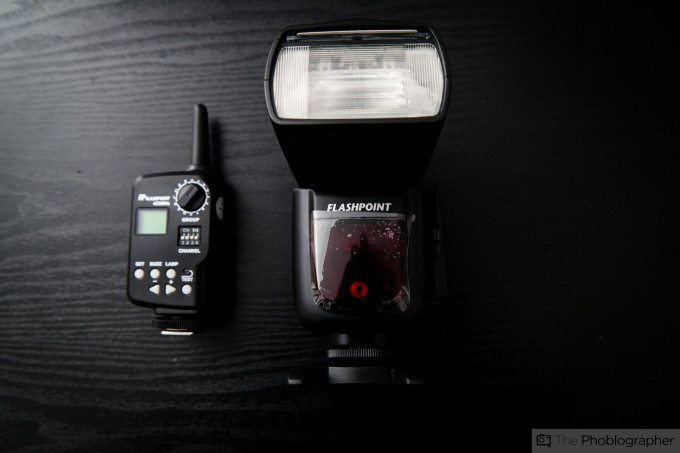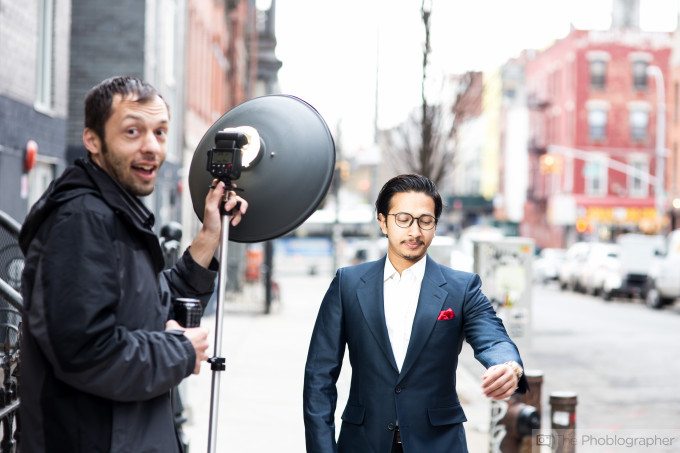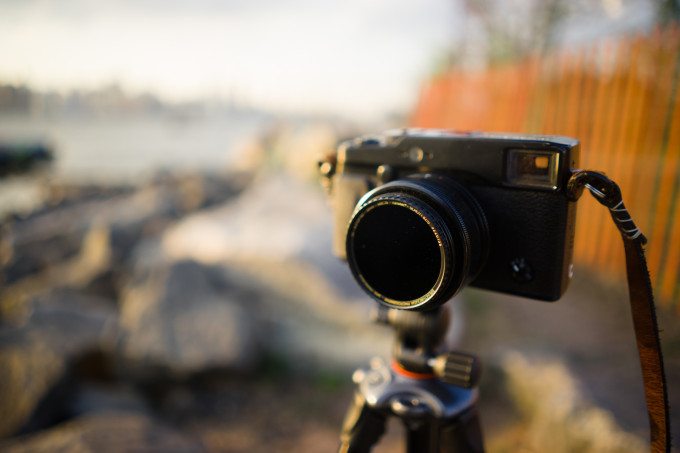One of the absolute toughest things for many photographers to do technically speaking is blending flash output with natural lighting. It’s really not easy, but once you understand the ideas behind how to do it, it becomes a bit simpler to accomplish.
Much of this is about understanding lighting and also getting this one big fact through and clear to your head: you camera’s meter only really exposes based on what it thinks you want–not necessarily on what you specifically desire in your image.
The Best Lighting Settings
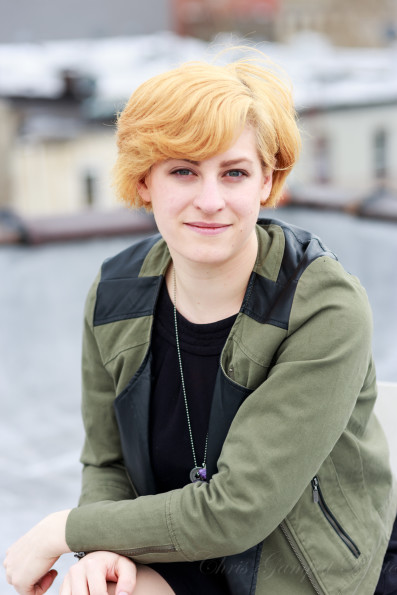
To start this off, when you’re working outdoors or on location, I always recommend working in an area that gives you the most control of the lighting situation. Ideally, this is in an area with tree or shadow coverage. But it can also be a nicely diffused area outside–and this is why lots of photographers will say that it’s easiest to blend natural light and flash output on a cloudy day.
When clouds are covering the sun, it’s almost like the sky is a giant softbox and there is even lighting almost everywhere with little to no shadows.
If you aren’t working with that, then TTL and High Speed Sync are typically the easiest way of achieving the look that you want. There are other ways to do this, but they can get a bit complicated and require mathematical computations in addition to working with a flash or monolight that has a fast flash duration.
The image in this section of Amanda was taken during a cloudy day. In fact, it was raining and on the rooftop we shot on, we didn’t really have many contrasting lights. To that end, it made shooting much simpler for us.
Here’s another photo showing off what was going on. Amanda is a bit bright here, but all the exposure settings are otherwise the same.
Which brings us to the next section now that we’ve set one variable (natural/ambient light) to a constant.
Exposure Settings
When it comes to blending natural light with flash, it all starts with first off knowing and understanding how each parameter will affect the final scene:
- Shutter speeds determine how much natural light/ambient light is in the scene
- Aperture determines how much of the flash output actually affects the scene in manual flash output mode. In TTL, the flash adapts to your aperture setting and you need to tell it to go up or down in power.
- ISO determines the overall sensitivity to the scene
- Flash output is another constant from the flash. If it’s in manual mode, then it will always output one setting and you just adjust your aperture accordingly. If it’s in TTL, then you’ll need to adjust the exposure compensation.
A great way to start off here is to really look at the lighting that you’re working with and try to work within ISO 100-400 during the day and 800-1600 during the night.
After you get this, consider your focal length. The rules of image stabilization dictate that you should shoot at a shutter speed that is the reciprocal of your interpreted focal length to guarantee stability. That means that if you’re shooting wider, you’ve got more wiggle room unless you’re using a tripod. This will all help determine your shutter speed based on how much ambient lighting you want in the scene. Generally I recommend underexposing the shutter speed vs what your camera says to get more details in the scene overall. It also adds more contrast; but that’s all up to you.
Finally, figure out how you’re going to use your flash and tie that in accordingly with your aperture. IF you’re manually setting the flash, then set it accordingly to how much depth of field you want in your image (which the aperture will translate.) You can also make the flash output a bit lower than that.
Before I go on: this is all best done with a handheld light meter.
If you’re using TTL, then it all really depends on the situation. If the light is too bring, then bring it down a bit.
Two Different Main Light Sources
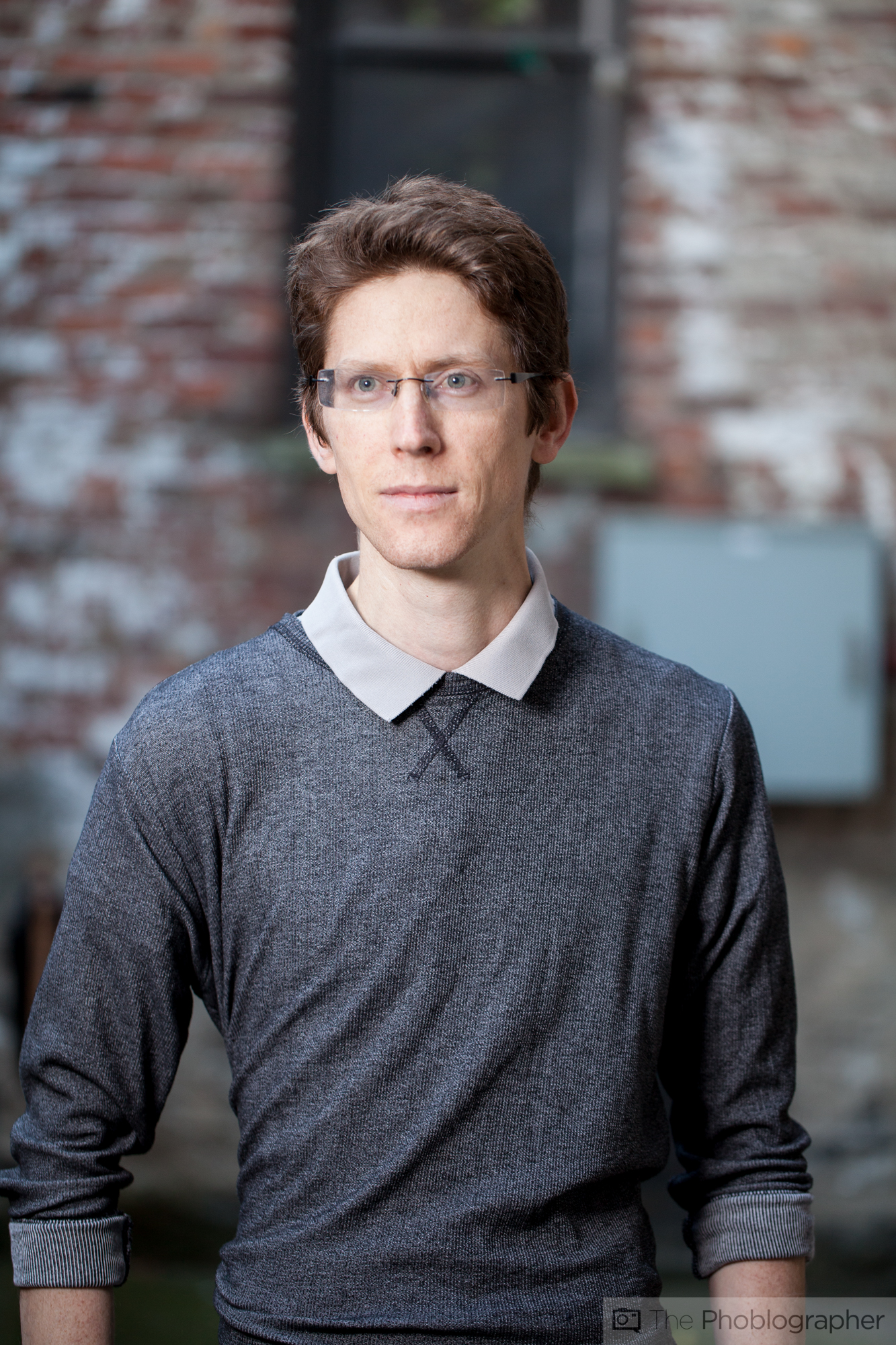
When you’re trying to blend flash and ambient lighting, you can think of it in two ways:
- You flash being the main light and the natural light being supplementary
This is the most common way to think of it. Otherwise:
- Both the flash and natural light being the light source.
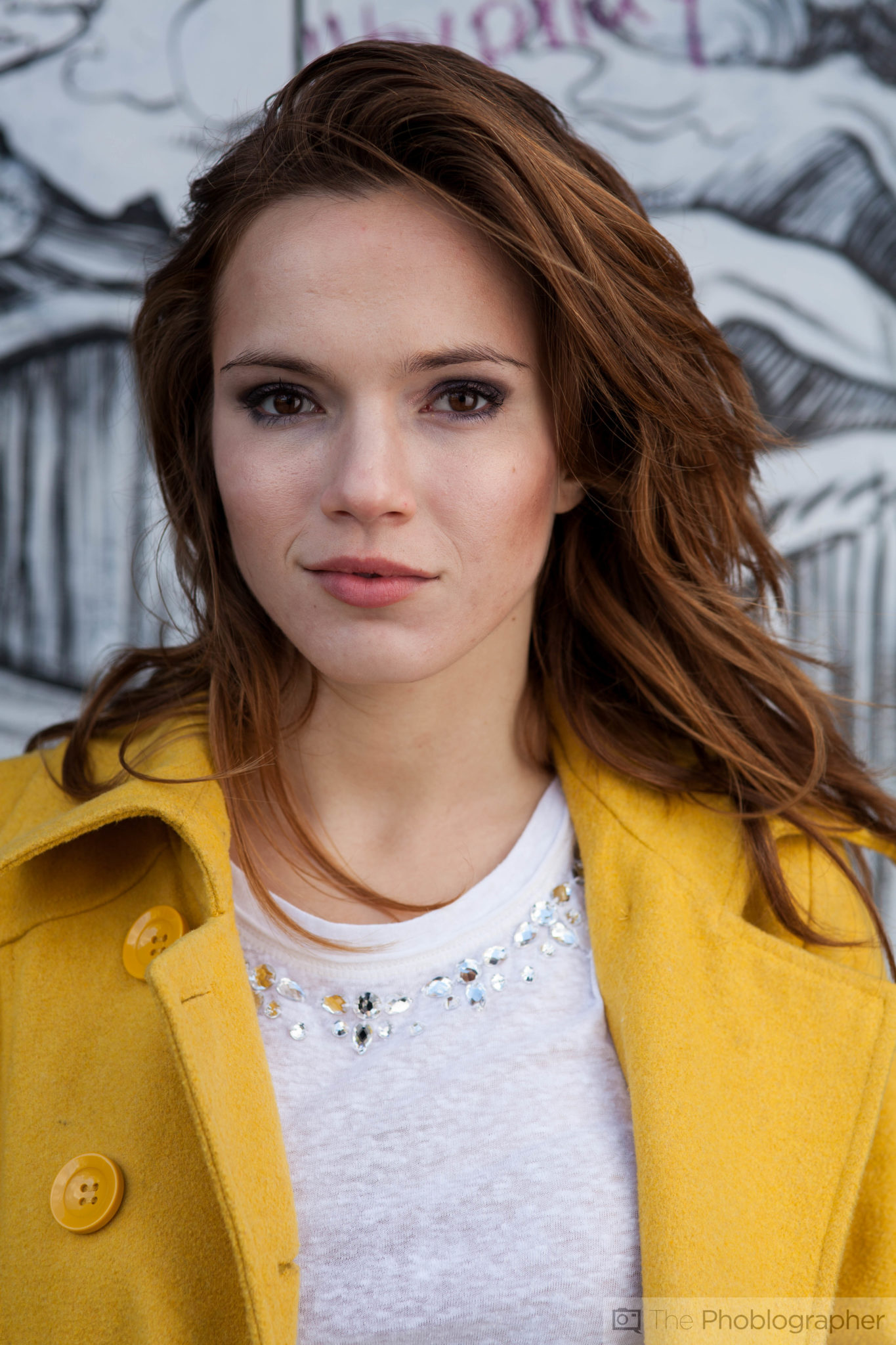
This is how you think of it when you want the flash output to look completely natural; and in this case TTL and exposure compensation of the flash can be most appropriate. Additionally, using a large flash modifier and the widest zoom head range can really help.
An ND Filter
One more option when working with a manual flash is to use an ND filter. What these do is kill all light sources down by literally killing stops of light. It lessens the light soaked up by the shutter speed, aperture, the amount put out by the flash, how much light is being soaked up by the ISO, etc. You can use this to get similar effects to high speed sync and depending on how many stops of light you’re eliminating, you’ll need to adjust the different parameters of your image based on this fact.


